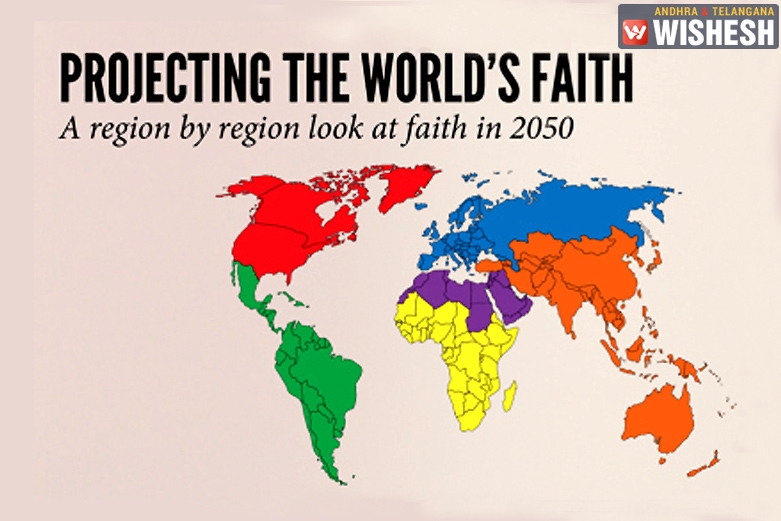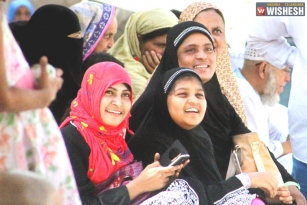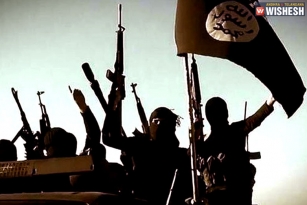
Pew Research Center’s new projection, released shows the map of global faith and traditions and how they’re likely to shift by 2050. The report does not say anything about believers’ level of devotion or practice. “Demographics are an underappreciated force that is shifting the contours of faith,” said Conrad Hackett, the Pew demographer who led the six-year study. Hackett analyzed projected changes for Christians, Muslims, Jews, Hindus, Buddhists, folk religions, other minority religions and the unaffiliated. The Pew Research Center doesn’t delve into political forecasting, but readers of the report’s projections from 2010 to 2050 might feel a thumb press down on many sore spots and raise questions beyond the scope of Pew’s data.
The major findings are:
As of 2010, Christianity was by far the world’s largest religion, with an estimated 2.2 billion adherents, nearly a third of the Earth’s 6.9 billion people. Islam came in second, with 1.6 billion adherents, or 23 percent of the global population.
By 2050, there will be near parity between Muslims (2.8 billion, or 30 percent of the population) and Christians (2.9 billion, or 31 percent), possibly for the first time in history.
Muslim numbers will surpass Christians after 2070.
In the U.S., Christians will decline, from more than three-quarters of the population (78.3 percent) in 2010 to two-thirds (66.4 percent) in 2050. Religious “churn” - people leaving their childhood faith for a different faith or none at all - is the primary driver of change.
Muslim share of the U.S. population is projected to climb to 2.1 percent, up from less than 1 percent today.
Jews will fall from 1.8 percent to 1.4 percent.
By Premji

























